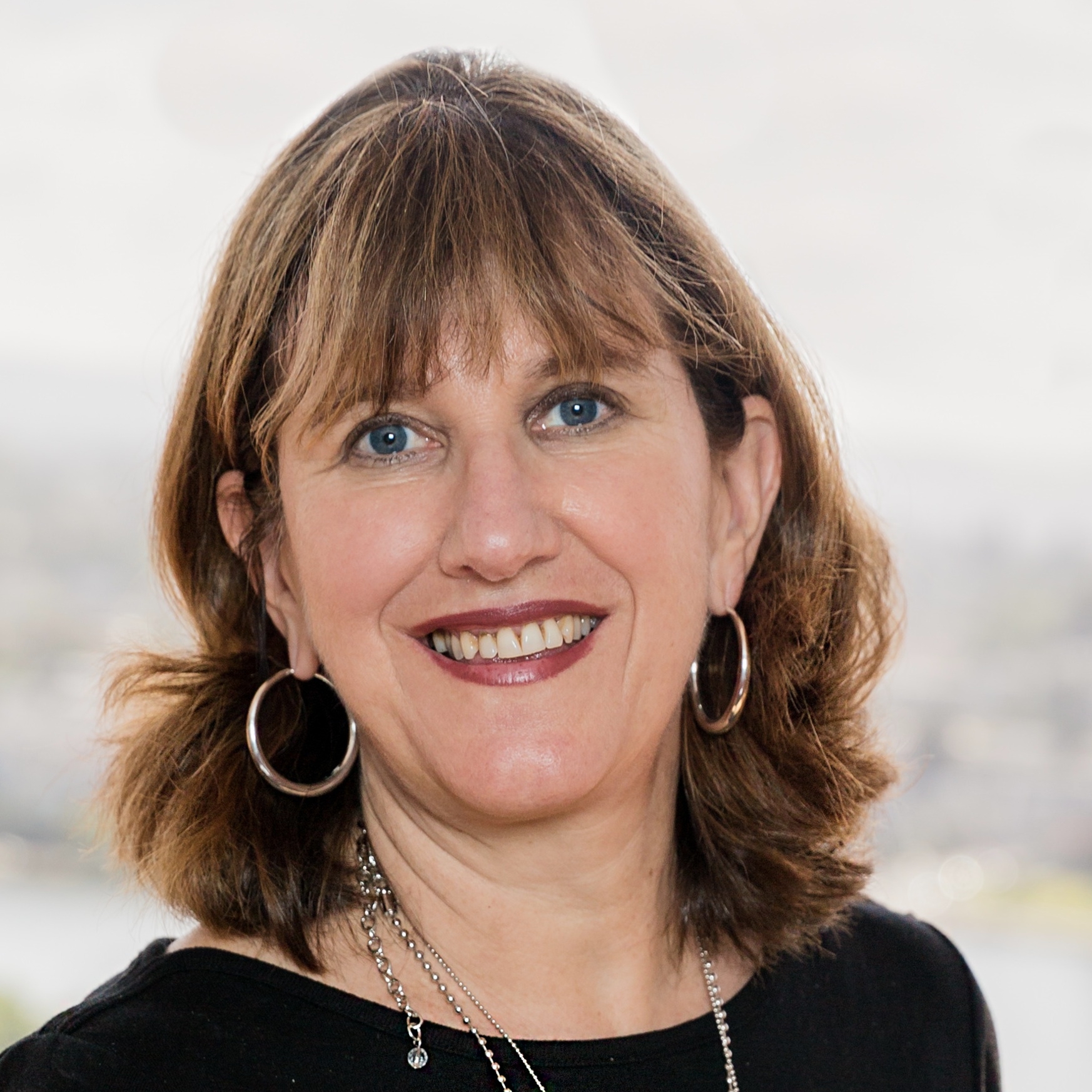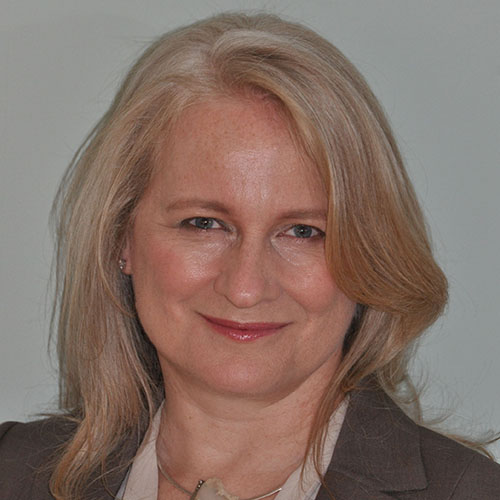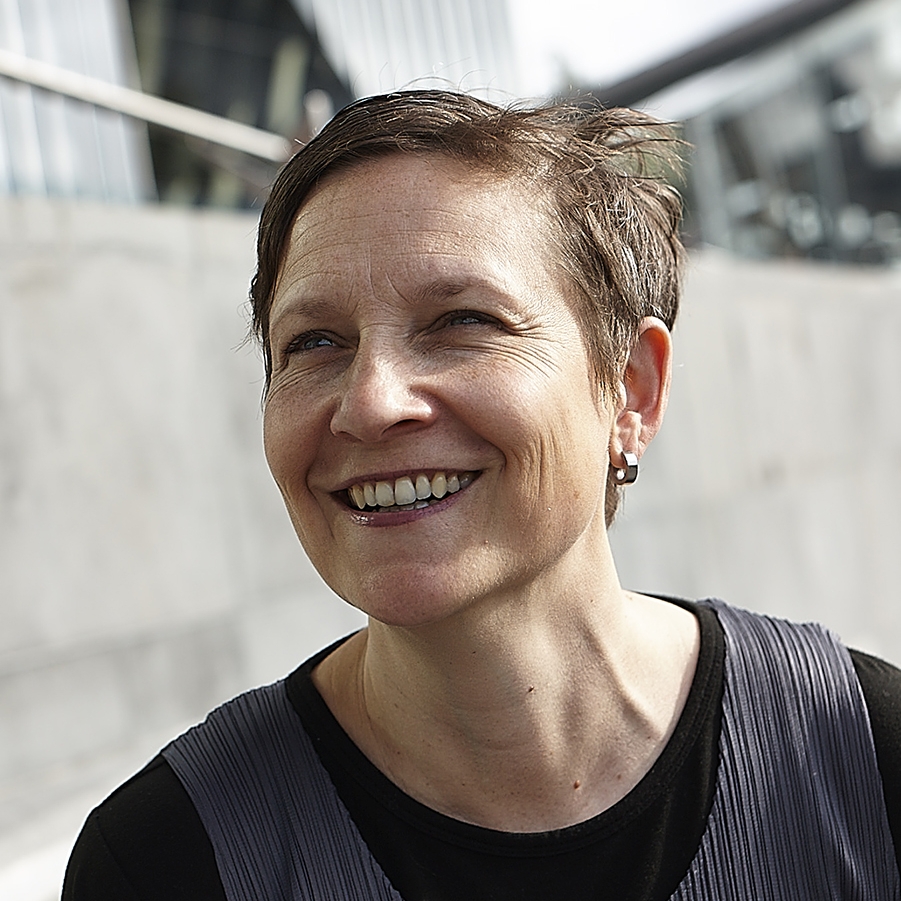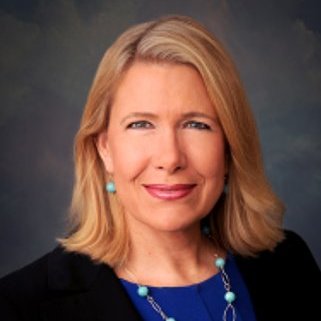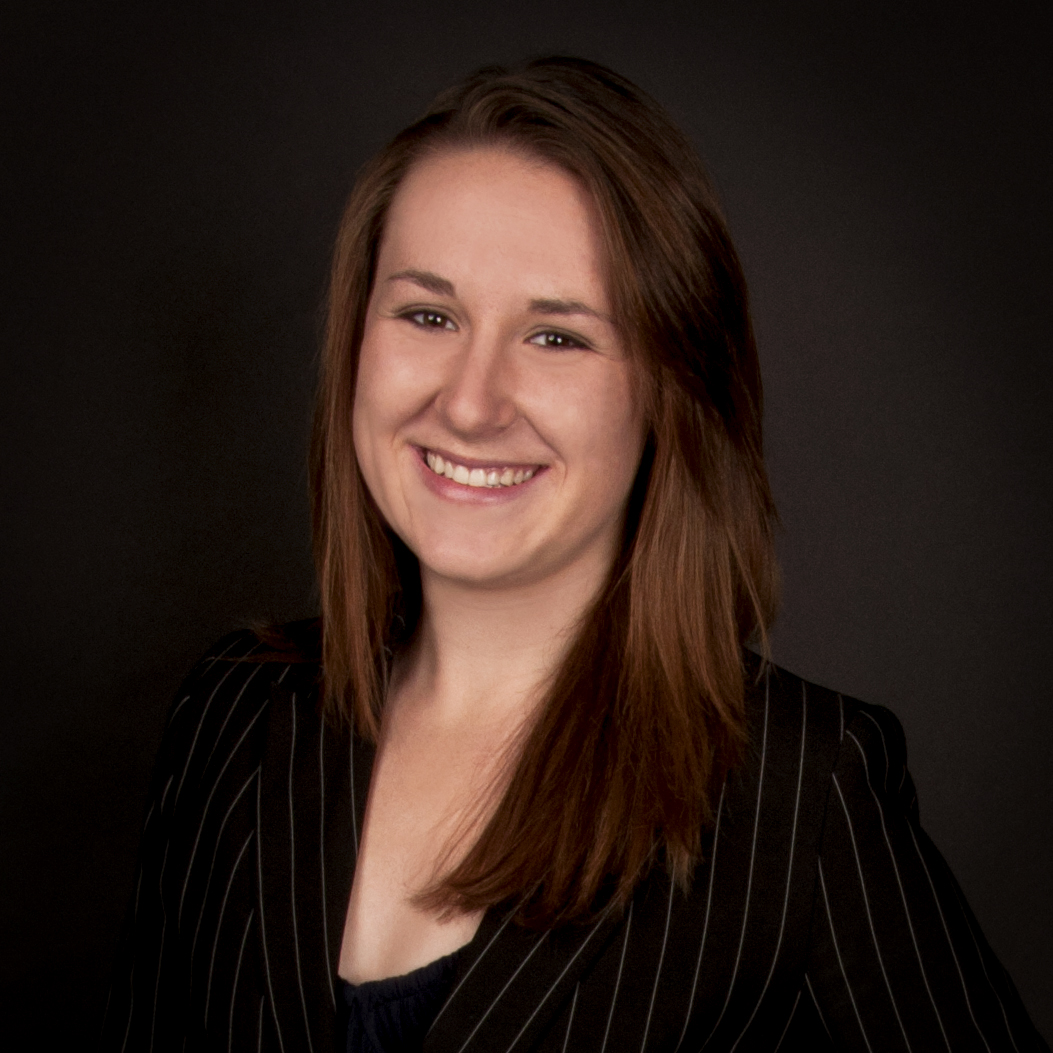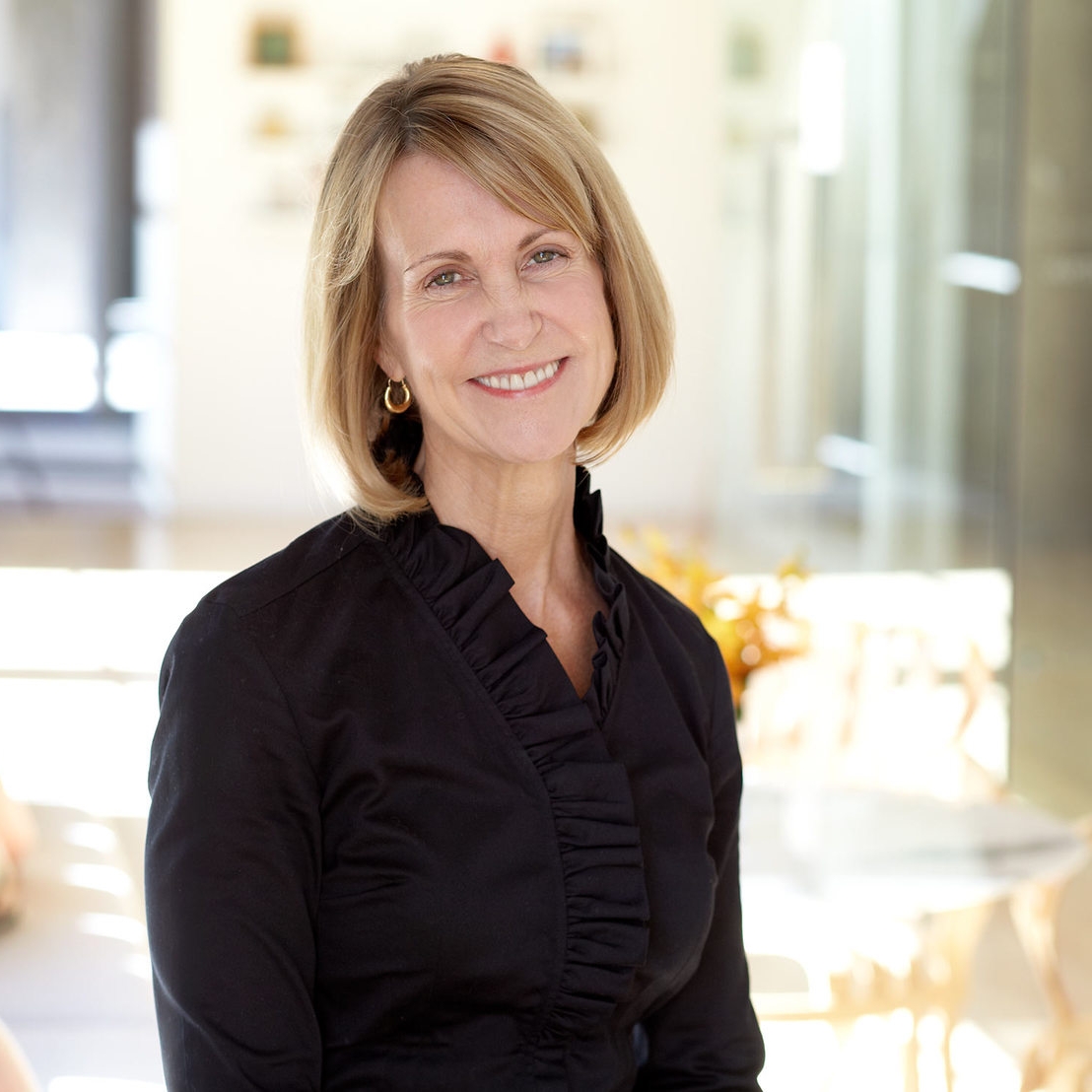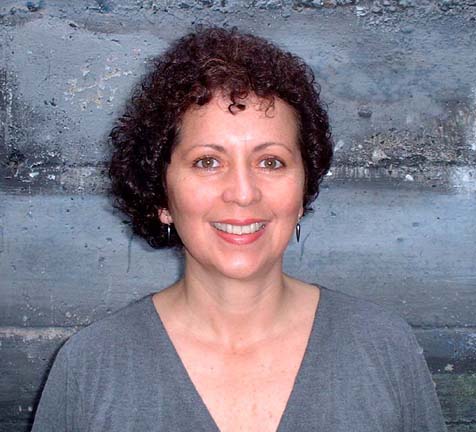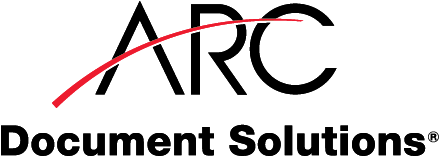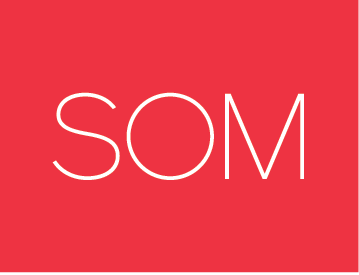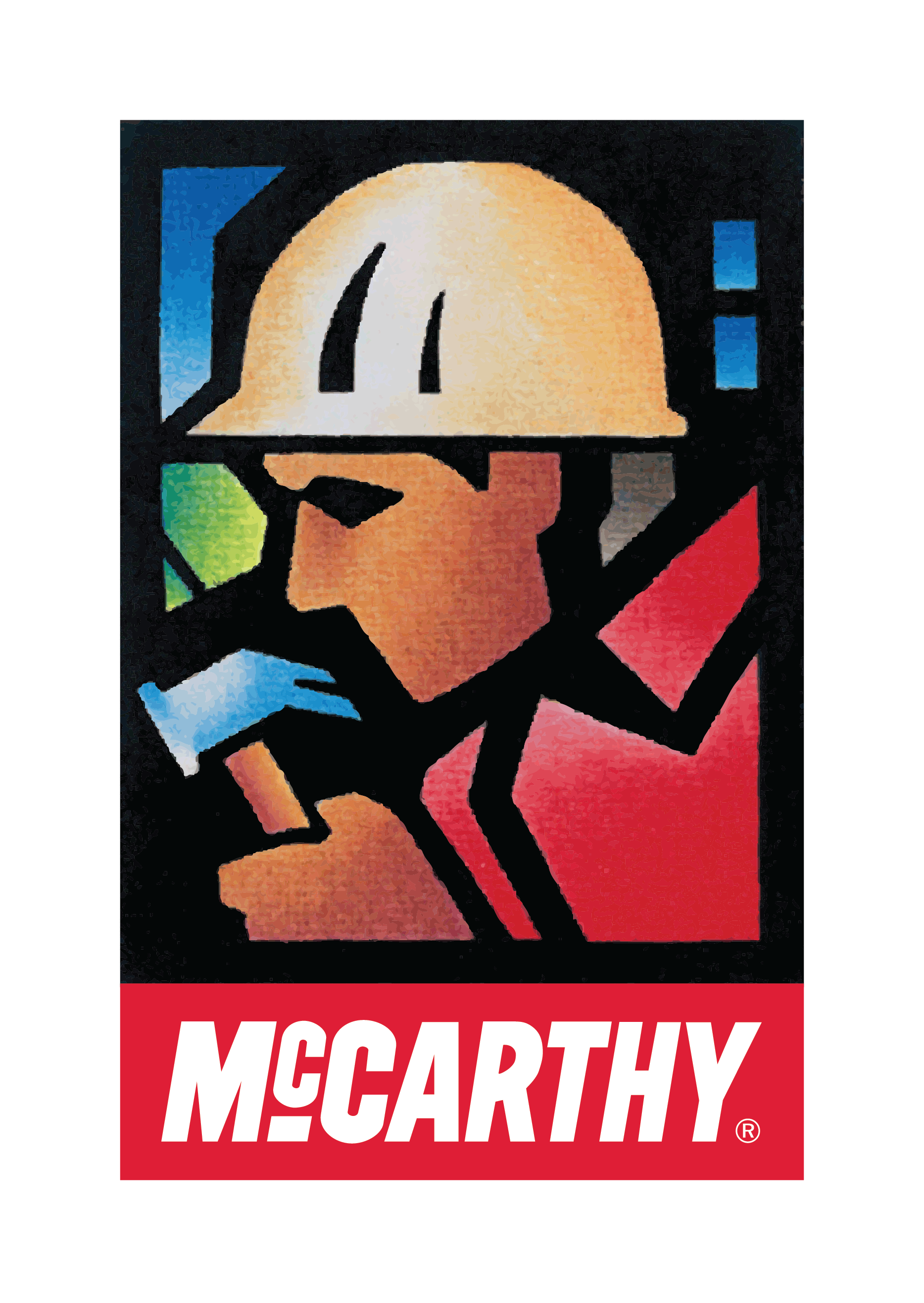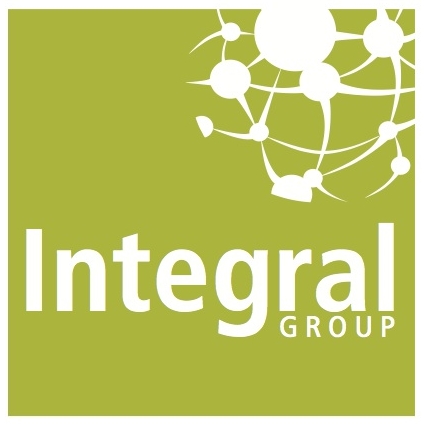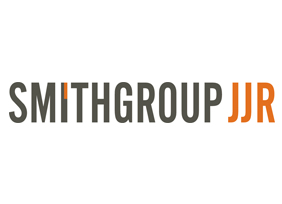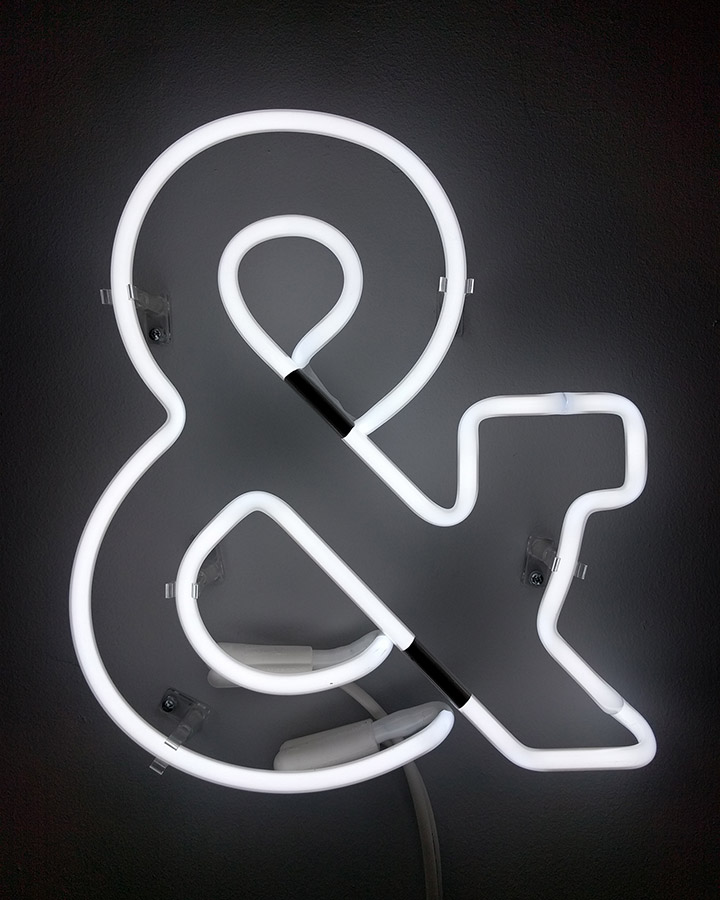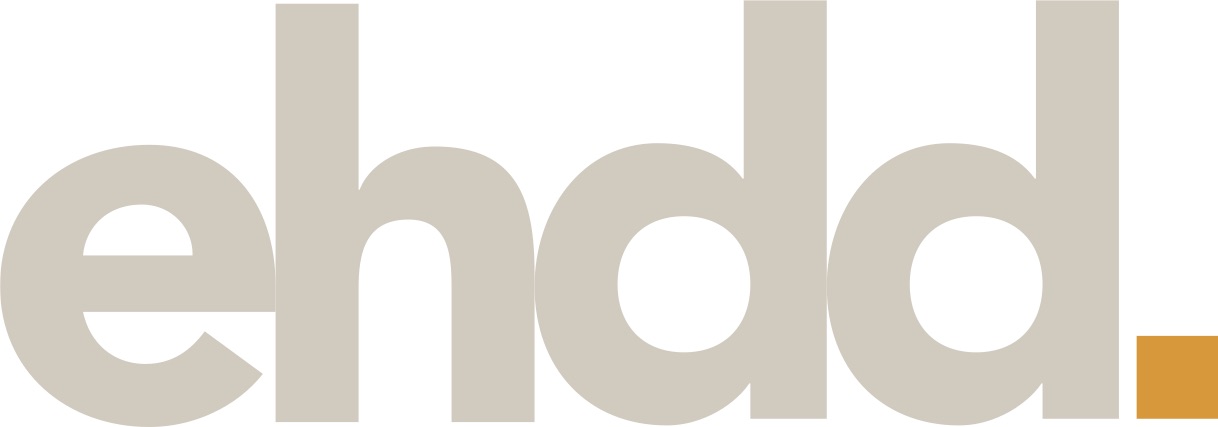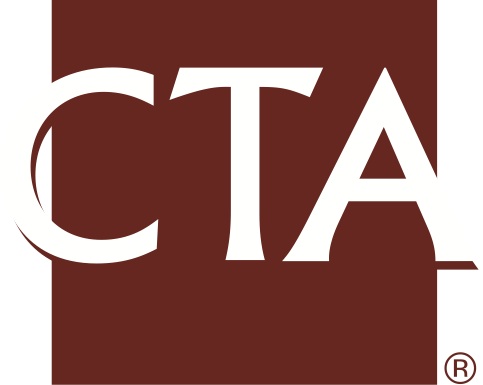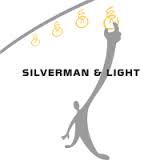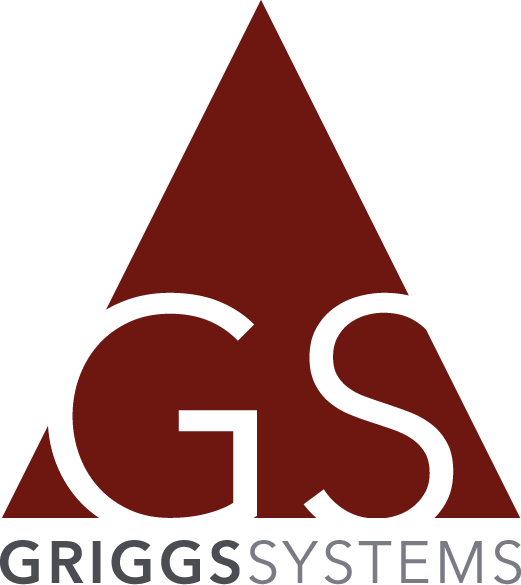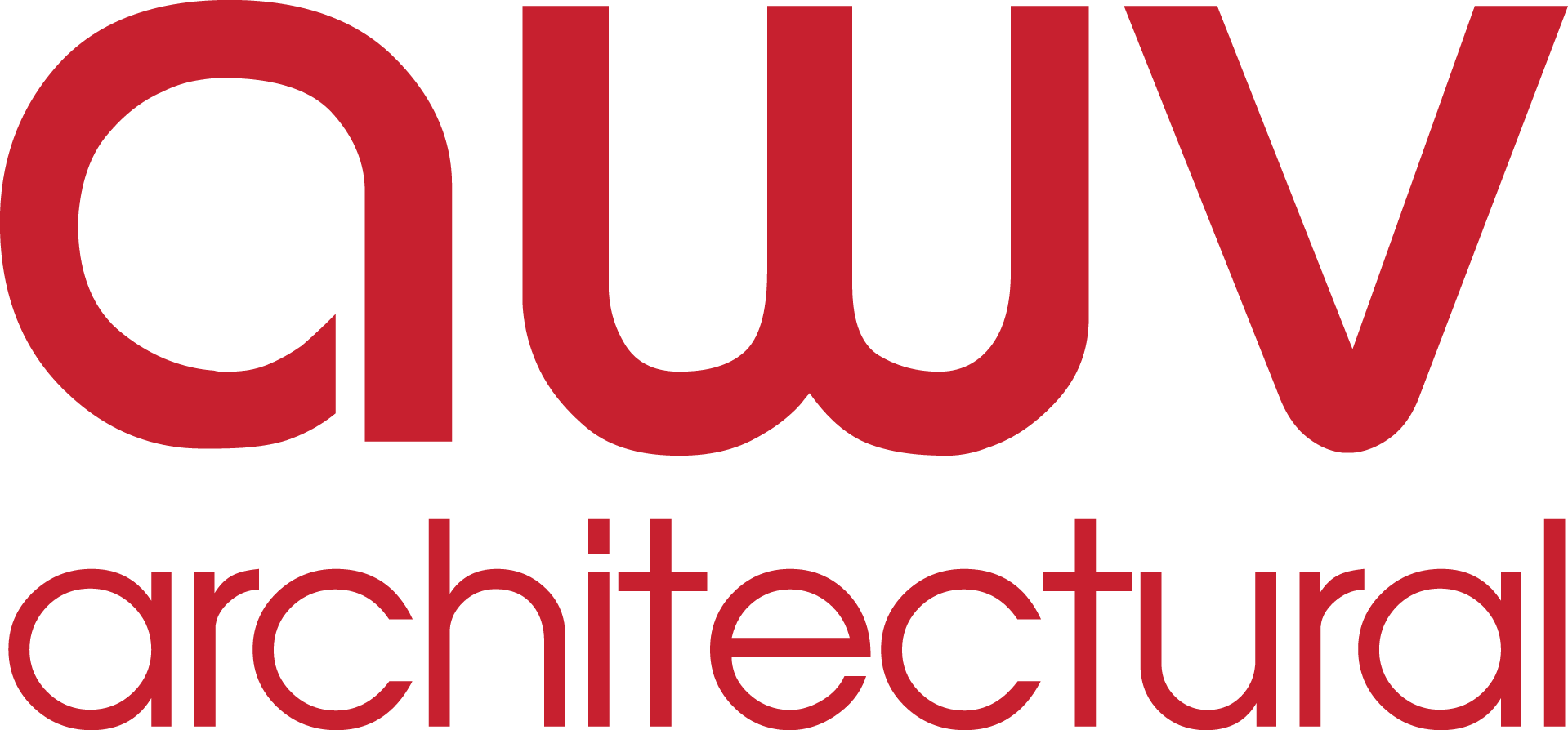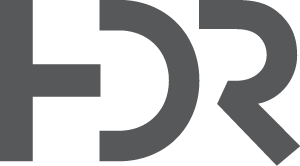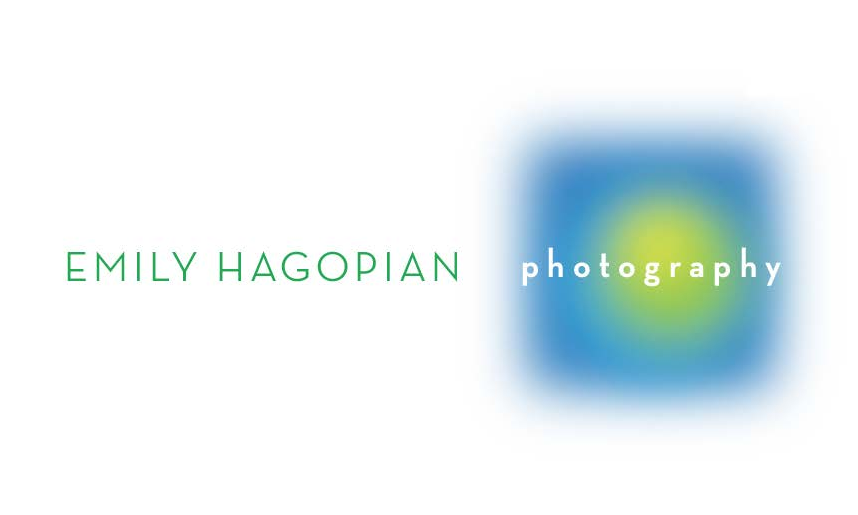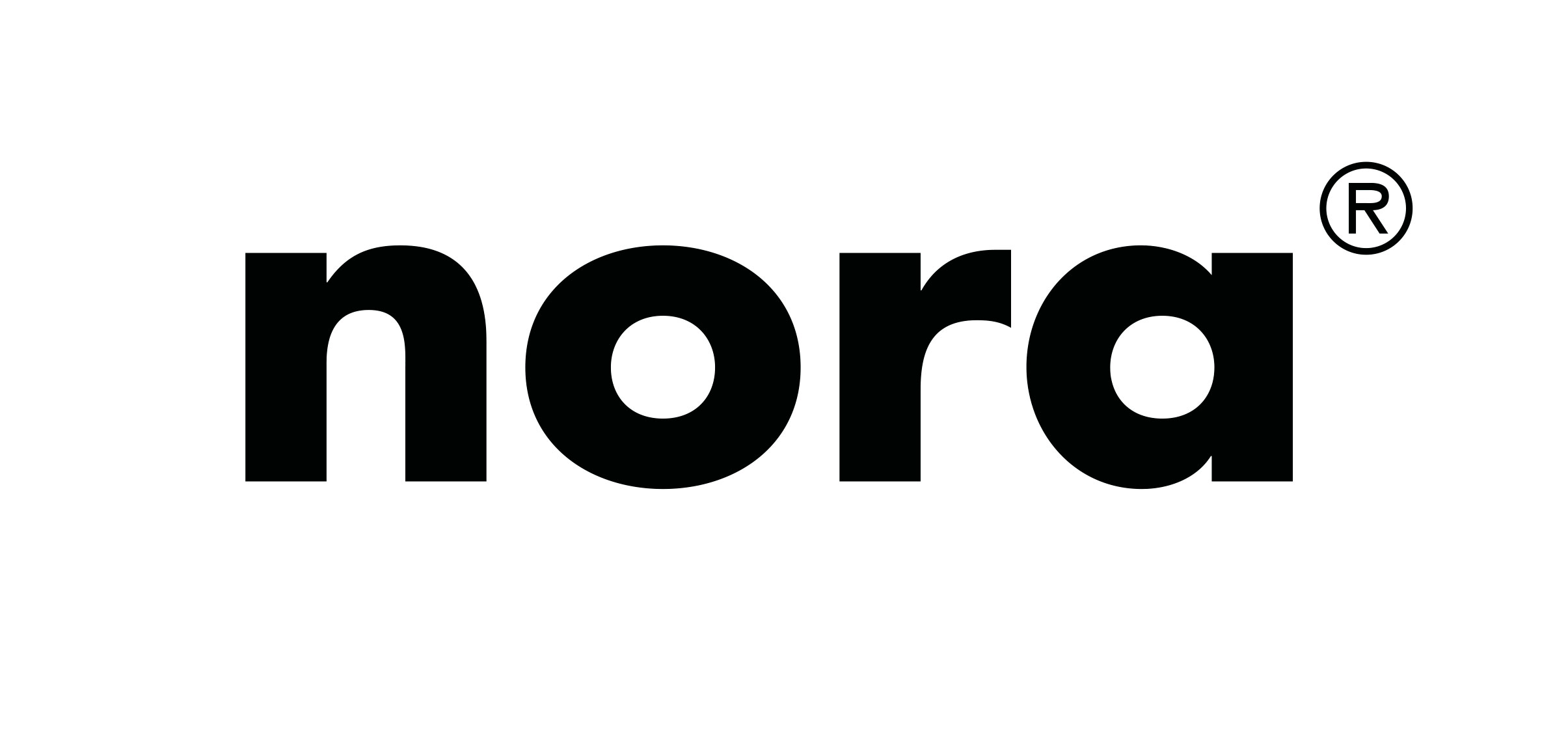by Lilian Asperin, AIA
Snap
In January of 2014, my father passed away unexpectedly. It was the first time in my career that my professional and personal trajectories massively collided. Congruent with that timeline was the birth of Equity by Design and my involvement in this transformative group dedicated to equitable practice, advancing architecture, and sustaining talent.
Being part of Equity by Design was meaningful during this time of personal grieving and upheaval because I was experiencing a particularly difficult pinch point. I was curious about how to go about considering a new set of pairings, which would shed light into what truly means the world to me. To that extent, I took the summer off - to unsubscribe. During this interlude dedicated to purposefulness, the “process leader” in me wanted to ask for many details and sequences, but I learned to resist the need to know what, when and how much and instead focus on why, where and who with.
When I re-engaged with work and Equity by Design, I found myself delving into the survey we had conducted and finding the data to support what I’d previously only been able to feel, and what I’d assumed I was feeling in a vacuum. The survey helped me contextualize and articulate my experience as the kind of pinch point during which our profession often loses some of its talent, and it helped me join a conversation about how to turn that trend around.
Equity in Architecture Survey
We have designed two surveys, the most recent of which has resulted in over 8,000 responses nationally. The results of the first survey, published in 2014, were sobering, while the trends have been evident in many of our experiences:
- Gender-based pay and promotion inequities
- There is a dearth of mentoring
- Many professionals experience burn out
- Respondents report a compromised home life
According to the 2014 survey, the respondents measure success as the following: working with the “A” team (those who are talented, aspirational, and seeking bold outcomes), engaging in projects of significance (impactful work that aligns with values) and leveraging flexibility for optimal creativity and productivity (work and life are integrated, with respect for personal space and time).
Life of an Architect
When we analyzed the data, respondents shed light on specific career pinch points:
- Studio: academia
- Paying Dues: on-ramping
- Licensure: earning credentials
- Caregiving: balancing families
- Glass Ceiling: furthering advancement
Data is messy.
Here we are, as architects, with really important information that transforms anecdotes to facts. Yet, there comes a point when some of the data can be numbing rather than empowering. Is there a way to visualize it? Is there a way to experience it? This inspired our process for designing the fourth Symposium and an interactive piece as part of AIASF’s Architecture in the City Program.
Make stuff.
Architects love to make stuff, primarily because we are introverts. But also because we like to tinker and patterns start to emerge when we work with our hands. Tools give us voice. And, through our iterative process, we create combinations of things that go beyond words. We see adjacencies, disparities, and so on.
Prototype #1.
We have the opportunity to explore the topic of resilience. First, elasticity. Growth is experienced through stretching (setting aspirational goals) or when we are stretched (the first time planned or that circumstance perhaps not planned).
Prototype #2.
We then layered a vertical spectrum (levels of satisfaction) and a horizontal spectrum (duration in terms of years). What are the influences? Do gender and years of experience play a role? When are there drop offs from the field?
Prototype #3.
And again, ask: What are we mapping? Against what baseline? Is there something about that intensity that can be informative? In the context of Equity by Design, what new conversations have emerged? As in, what about leadership is recognized? Is leadership measured by power and control or perhaps, more importantly, by meaning and influence?
Prototype #4.
A typical detail in Architecture is the slotted connection. Our details account for an imperfect fit but allow for the convergence of movement, flexibility, yet connection. We wondered if the installation could help us bring a hyper focus to the exactness of what actually happened during the points of inflection in your career. When you soared, what exactly contributed to that positivity? What can firms do to continually lift up their talent?
Zahner!
We experience great joy in building relationships that are partnerships. Zahner, a collaborator on previous projects, was tickled by our mock-ups of studies on the topic of resilience. So they offered to help us with scale and craft, but also in helping us clarify and strengthen our design intent. We trusted them. And when the crate arrived, they indeed had amplified our concept 10 fold.
Pecha Kucha.
In times of stimulus overload in our world, the challenge of telling a story in 20 images, 20 seconds each is both welcomed and terrifying. It’s a whole other design exercise when compounded by the vulnerability of your story. So, there goes pen to paper and the sketches tell this journey. I would be remiss to not express my gratitude for those who have helped me in my journey of resilience. You know who you are and I thank you.








